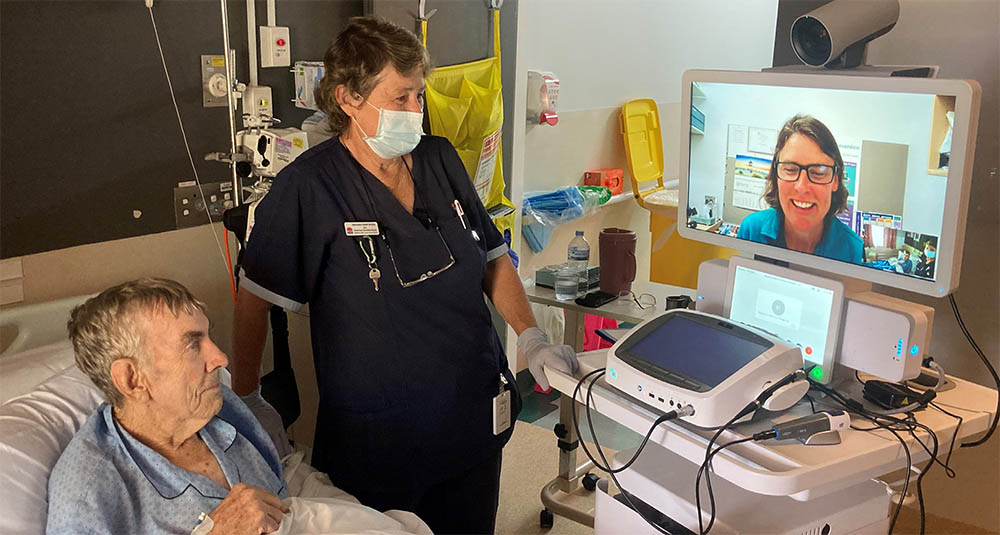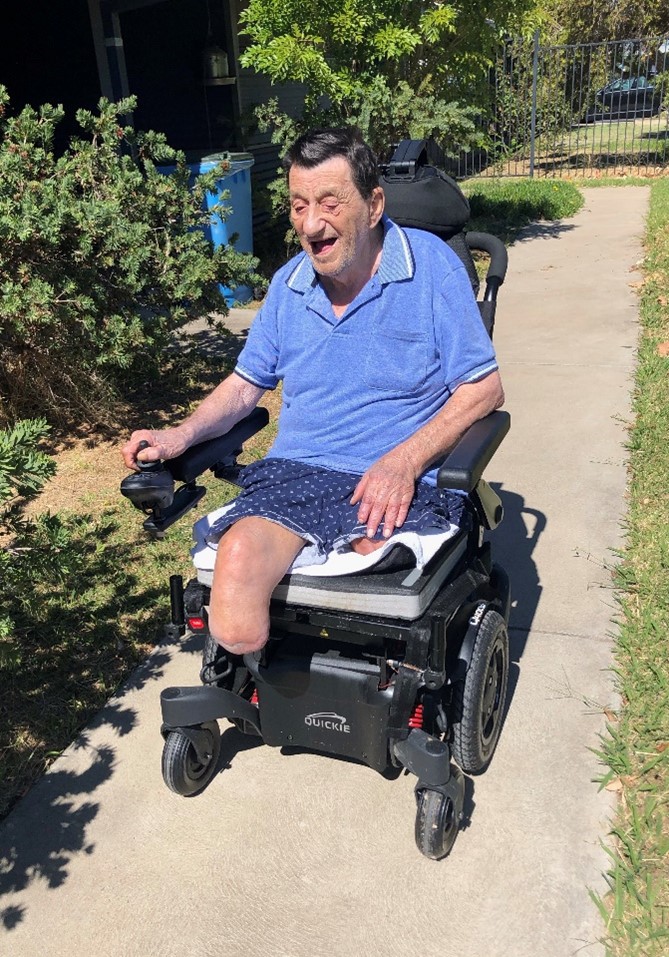Connecting rural and remote communities with allied health care in western NSW
To celebrate the 10th anniversary of the ACI’s Rural Health Network (RHN), we’re revisiting some past winners of the network’s Rural Innovation Awards to learn how their projects have made a lasting impact and how the network has made a difference along the way.
Western NSW Local Health District’s Virtual Allied Health Service (VAHS) won an ACI Rural Innovation Award in 2018.
Since then, the VAHS has become a successful, established service that breaks down the barriers of distance and access to treat and support patients across western NSW. For more on the service, see Spotlight on Virtual Care: Virtual Allied Health Service.
The following staff members who worked on the project (along with Dianne Harvey) share their reflections below:
- Angela Firth, Director Allied Health, oversaw project delivery and governance.
- Sarah McBurney, Occupational Therapy Advisor and Virtual Occupational Therapist, led the development and implementation of the pilot model for occupational therapy (OT).
- Catherine Forbes, Dietetics Advisor, provided professional governance, support, and oversight for the dietetics virtual project.

Explain a little about the Virtual Allied Health Service
The VAHS commenced in 2017 with seed funding provided to identify clinical areas to trial the delivery of allied health services using virtual modalities; develop and trial pilot models; and engage with clinicians and health services across WNSWLHD.
How has the VAHS evolved since winning the 2018 Rural Health Innovation Award?
The project has evolved to successfully embed virtual allied health service delivery across the WNSWLHD region, in fields such as:
- physiotherapy
- malnutrition
- disease specific nutrition
- enteral feeding services
- home visiting
- equipment prescription
- pressure injury services.
Clinicians, patients, carers and families have all become more comfortable with the delivery of clinical care using virtual care modalities, such as videoconferencing.
What was the impact of the project for consumers and health services in your LHD?

The VAHS has improved quality of care and access to allied health services in smaller communities, and reduced the need for travel. The level of disease complexity has increased for patients managed in smaller facilities, making access to allied health services essential. This service has enabled people to access care closer to home, in their own communities and on Country.
For example, Arthur is an aged care resident at Bourke Multi-Purpose Service, who lives with bilateral leg amputations. He was seen by both virtual physiotherapy and virtual OT to assist with his transfers and independent mobility. Arthur was assessed by a virtual OT through the VAHS and prescribed a power wheelchair, which was funded through Enable NSW and has given Arthur greater independence and improved quality of life.
The most rewarding part about being a rural health practitioner?
The diversity of work; the challenge to think outside the box in delivering care; and addressing health outcomes and living and working in a beautiful region.
Find out more or join the Rural Health Network